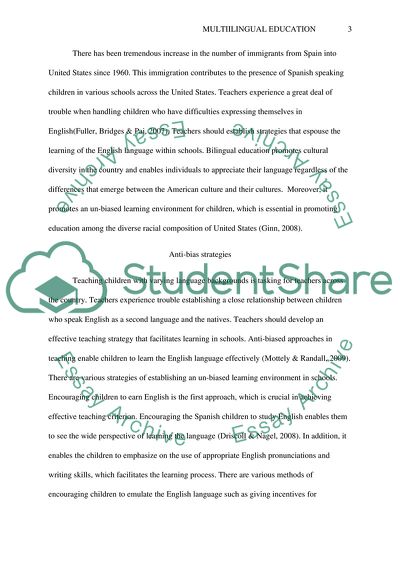Cite this document
(Strategies for Multilingual Education Essay Example | Topics and Well Written Essays - 1250 words, n.d.)
Strategies for Multilingual Education Essay Example | Topics and Well Written Essays - 1250 words. https://studentshare.org/education/1839213-create-strategies-for-multi-lingual-students
Strategies for Multilingual Education Essay Example | Topics and Well Written Essays - 1250 words. https://studentshare.org/education/1839213-create-strategies-for-multi-lingual-students
(Strategies for Multilingual Education Essay Example | Topics and Well Written Essays - 1250 Words)
Strategies for Multilingual Education Essay Example | Topics and Well Written Essays - 1250 Words. https://studentshare.org/education/1839213-create-strategies-for-multi-lingual-students.
Strategies for Multilingual Education Essay Example | Topics and Well Written Essays - 1250 Words. https://studentshare.org/education/1839213-create-strategies-for-multi-lingual-students.
“Strategies for Multilingual Education Essay Example | Topics and Well Written Essays - 1250 Words”. https://studentshare.org/education/1839213-create-strategies-for-multi-lingual-students.


